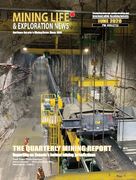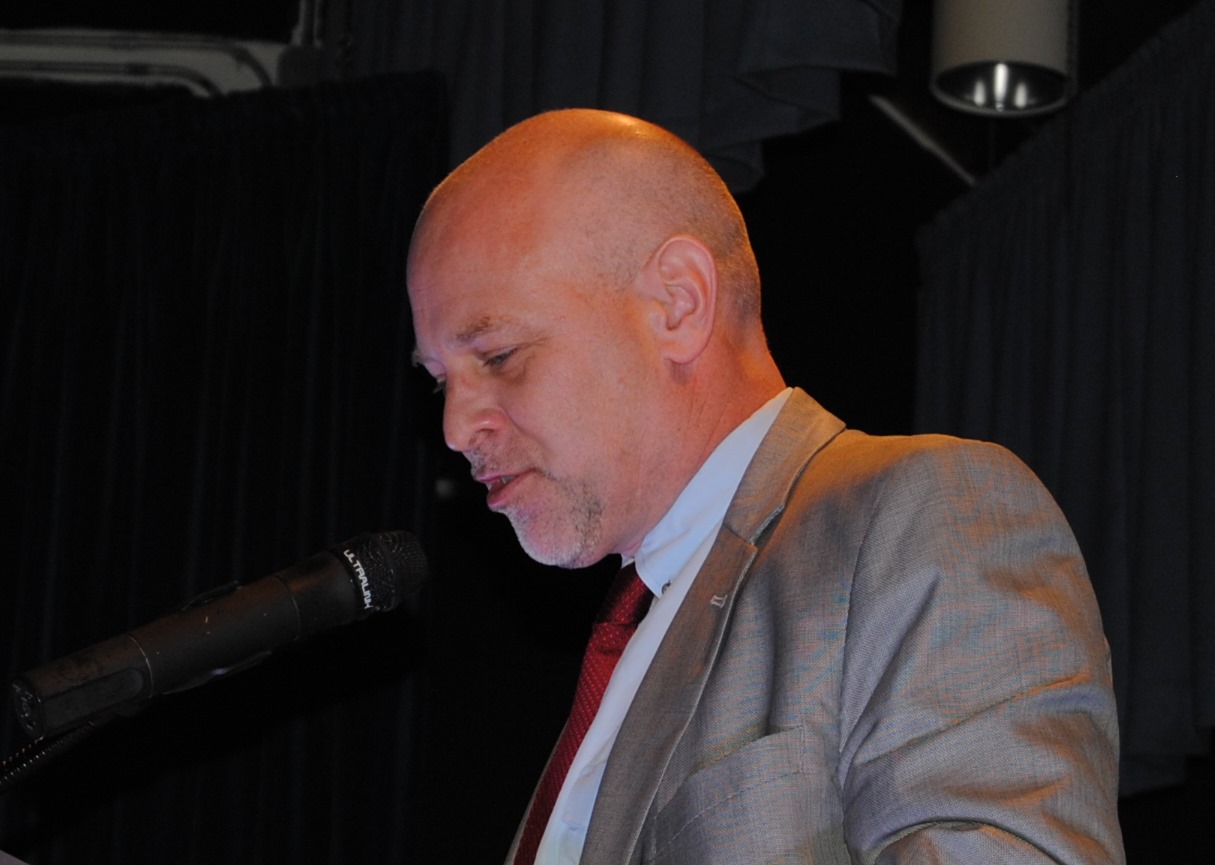Canada Must Seize the Moment and Act to Retain Its Position as a Mining Power
The Canadian Mining Industry must seize the moment to remain a mining power or other countries more desperate for mining revenue will surpass Canada Pierre Gratton President and CEO of the Mining Association of Canada told an audience attending the North America Mining Expo Gala Dinner in Sudbury on September 9, 2014.
Canada once ranked in the top five of mineral producer today is ranked 10th. As well Australia has eclipsed Canada as the leader investment in mining exploration.
Despite these developments Canadian mining prospects will be strong in the medium to long term Gratton said. He acknowledged that proposed and planned mining project worth upwards $160 billion over the next 5 to 10 yrs.
Increased competition
But Gratton pointed out that increased competition from mining ventures in Africa, Latin America and Australia means purchasers can go elsewhere if Canada cannot provide the supply of minerals needed by global markets.
A recent study showed that Canada remains an attractive place for mining investment. It ranked on top when it came to wide indicators for investor attractiveness because of political stability, skilled labour force, lack of corruption strong infrastructure and rule of law.
Increased costs
However cheap power used to be an advantage but diesel cost have doubled. The lack of skilled labour has increased labour costs. It is becoming expensive to build a mine in Canada and two and half times more expensive to build a mine in Northern Canada than in the south Gratton said.
Moving products to market has also become more expensive because shippers are at mercy of a near monopoly rail system.
Social license
Although many people blame the drop in Canada’s ranking on increased public opposition to natural resources projects like the Northern Gateway Pipeline this is not the case with mining.
Social license the rejection of projects that meet technical regulatory requirements but are declined for social and political reasons has not been a major factor as very few mining projects have been rejected.
Mining companies have developed strong relations with aboriginal groups and corrected past mistakes.
Indeed, mining companies have improved their efforts in consulting and engaging First Nation communities and some companies like Noront Resources in the Ring of Fire have exceeded requirements.
Regulatory changes
Regulatory changes to the federal Environmental Assessment Act have actually improved mining environmental assessments Gratton said, however changes to the Fisheries Act has created new uncertainty.
Supreme Court Decision
The Supreme Court of Canada’s Williams Decision which awarded title over 1,700 square kilometres to the Tsilhqot'in First Nation giving title lands near Williams Lake in British Columbia is not earth shattering Gratton indicated. The decision also established criteria for determining title and conditions that permit projects to go ahead if informed consent is obtained from the First Nations.
“It’s a continuation of the road we already are on,” Gratton noted.
As an example, Gratton pointed to the Impact Benefit Agreement (IBA) signed between DeBeers and the Lutsel K’e Dene First Nation for the proposed Gahcho Kué diamond mine signed a few weeks after the decision was handed down by the Supreme Court.
Need to cultivate better relations
Gratton cautioned that mining companies who do not cultivate strong relations with the aboriginal community do so at their peril. Companies must engage aboriginal communities in areas that are important to them like environmental management or providing supplies and services. They must also meet their obligation to consult and obtain consent.
Mining companies are taking steps to include aboriginal participation in mining projects.
It takes patience to develop relations and sometimes they fail, but over 260 agreements point to the fact that the relationship is working. The mining industry is the largest private employer of aboriginal people in Canada and hirer of aboriginal business.
Federal and provincial government need to meet their legal obligation to consult and accommodate aboriginal interests that have been infringed or at least come up with interim solutions. Recently Ottawa has agreed to embark on this.
Gratton said the mining industry and government should review revenue sharing of crown resources in the form of royalties from the crown to the aboriginal communities as is the practice in British Columbia.
But he cautioned that aboriginal communities must recognize that capital is mobile and need to understand the mining industry and be realistic to what can be done. Though strong rhetoric might be good negotiation tactic it could lead to a flight of capital from Canadian mining projects to those in other parts of the world.
What do we do?
Northern Canada has mineral potential and is a key to Canada’s future prosperity.
“We need to act now.” Gratton said.
Developments like the restart of Quebec’s Plan Nord is a great start and so are the construction of a transmission line to Northern B.C. and the Ontario government’s billion dollar commitment to the Ring of Fire.
New Infrastructure is need to develop the Ring of Fire in Ontario and the Ring of Ice in Northern Canada.
In moving forward, Sudbury will remain a centre for mining financing, research and innovation, mining companies and suppliers.
“Let’s make sure we live up to our potential because if we do we will live up to the principle of social license more than any other jurisdiction in the world,” Gratton concluded.

|
